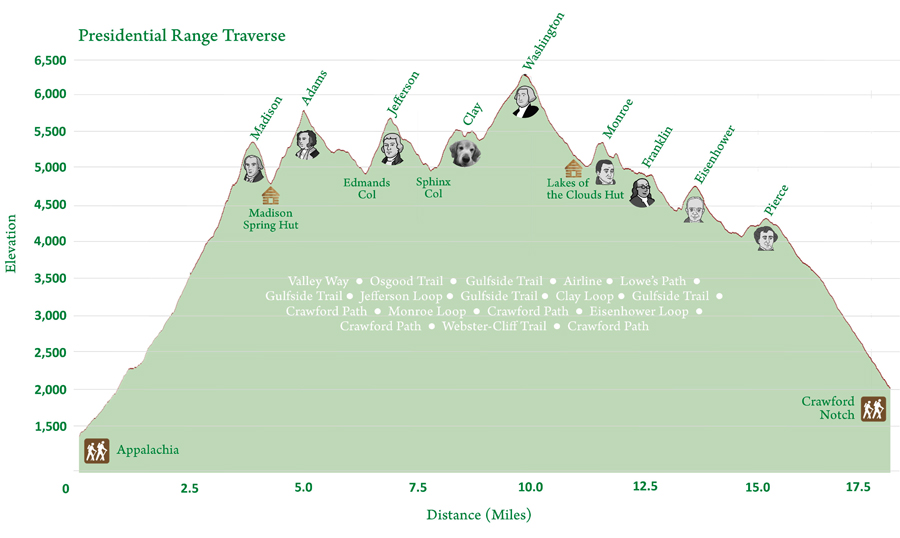Day 2: We continue our trek from Hrafntinnusker to Lake Alftavatn for another 12km. Aside from the rain, the fog and wind didn’t help descending from Hrafntinnusker. We were exhausted since we did two sections of the trip in a day. We were exhausted ascending in the morning and descending later that day. The forecast was supposed to be good the next day, so we’re happy to relax at Lake Alftavatn.
Backpacking
There are 8 posts filed in Backpacking (this is page 2 of 2).
Laugavegur Trail (Hrafntinnusker)
Day 2: The distance between Landmannalaugar to Hrafntinnusker is only 12km, but its probably the hardest part of the laugavegur trail. It’s not just the weather, but the majority of the elevation on this trip is the distance between the two huts. It was nice early in the day, but we had rain, wind, fog and overall bad weather near Hrfantinnusker. I’m assuming this is usual at higher elevation in Iceland. We stopped by to rest and eat food, but due to the weather this was probably the most miserable part of the trip. We decided to continue all the way to Lake Alftavatn.
Laugavegur Trail (Landmannalaugar)
Day 1: Landmannalaugar was the starting point of our four-day-long backpacking trip on the Laugavegur trail. I was surprised to find out that Laugavegur is a shortened name of “The Landmannalaugar Trail”. The usual four day trail ends in Þórsmörk, but one or two days can be added, trekking then all the way to Skógar nearly at the coast via Fimmvörðuháls between the two glaciers Eyjafjallajökull and Mýrdalsjökull.
Landmannalaugar is located in the Fjallabak Nature Reserve in the Highlands of Iceland. You are not allowed to use rented cars to get there as F roads are usually only intended for 4WD vehicles. It is at the edge of Laugahraun lava field and known for its natural geothermal hot springs and surrounding landscape as you can see at the end of the video. Landmannalaugar is the northern end of the Laugavegur hiking trail. The Iceland Touring Association operates a mountain hut with sleeping bag accommodation for 75 people and a public toilet with showers. During the tourist high season, there is also a small shop there that sells coffee and basic groceries, a horse tour agency.
There is also Icelandic horse riding in the area and you can ride on areas that are would be difficult to access on foot and not accessible by car as there are no official roads like the Jökulgil (Glacier Valley). Arctic char fishing takes place in Landmannalaugar and nearby lakes. From late June and through the summer, a shop called the Mountain Mall is operated inside a green American school bus from the 70s which stocks groceries and other things useful for camping. The buses are still operating and are driven there in June and taken back at the end of September when the season finishes. In the winter, the hut is used as a base for cross-country skiing
Presidential Traverse
My friend June decided to go with me on a backpacking trip to the presidential traverse last summer. We didn’t have an early start and we got lucky we were able to ride the bus to take us to the trail head. We got there at 10am and we started hiking until 10pm all the way to the Lakes of the Clouds Hut, a shelter few miles away from Mount Washington. We were lucky the warden was kind enough to let us in the hut, because the wind picked up overnight.
Just to give you a background about the hike, the Presidential Traverse is a strenuous and sometimes dangerous trek over the Presidential Range of New Hampshire’s White Mountains. The Presidential Range is a string of summits in excess of 4,000 feet (1,200 m) located in the White Mountain National Forest all named after previous U.S. presidents. To complete the traverse, you must begin at either the northern or southern terminus of the Presidential Range and finish at the opposing end. The journey begins at the northern end at Mount Madison followed by Mount Adams, Mount Jefferson, Mount Washington, Mount Monroe, Mount Eisenhower and finally Mount Pierce.
The basic Presidential Traverse begins from a trail head on U.S. Route 2 or at the Dolly Copp Campground at the northern end of the Presidentials, crosses the great ridge of the range and ends in Crawford Notch at its southern terminus, or vice versa. The Presidential traverse is around 23 miles (37 km), with 9,000 feet (2,700 m) of elevation gain. The total distance could be shortened to 19.2 miles (30.9 km) by only taking standard through trails without summiting all the peaks.
By definition, a “presidential” traverse requires a hiker to cross over the summits of peaks named after U.S. presidents. Listed from north to south, they are:
Mount Madison – named after James Madison
Mount Adams – named after John Adams
Mount Jefferson – named after Thomas Jefferson
Mount Washington – named after George Washington
Mount Monroe – named after James Monroe
Mount Eisenhower – named after Dwight Eisenhower
Mount Pierce – named after Franklin Pierce
